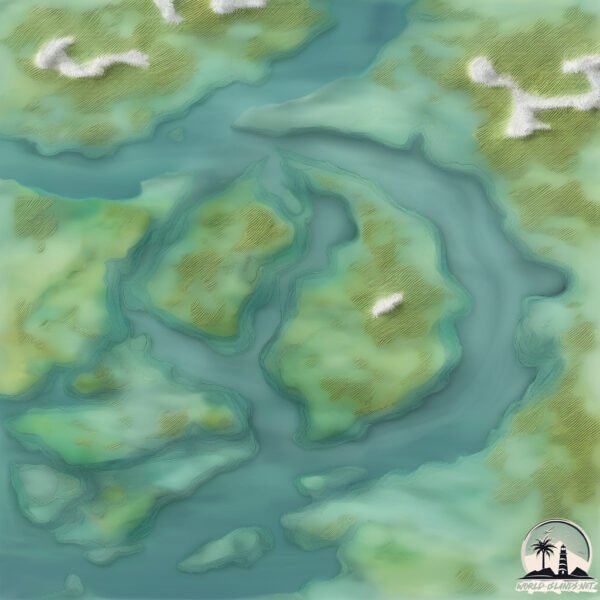Welcome to East Redonda , a Temperate island in the The Coastal Waters of Southeast Alaska and British Columbia, part of the majestic Pacific Ocean. This guide offers a comprehensive overview of what makes East Redonda unique – from its geography and climate to its population, infrastructure, and beyond. Dive into the details:
Geography and size of East Redonda
Size: 99.9 km²Coastline: 102.3 kmOcean: Pacific OceanSea: The Coastal Waters of Southeast Alaska and British ColumbiaContinent: North America
East Redonda is a Medium Island spanning 100 km² with a coastline of 102 km.
Archipel: Inside Passage Islands – A series of islands along the Pacific Northwest coast of North America, known for their stunning coastal landscapes and rich wildlife.
Tectonic Plate: North America – Covers North America and parts of the Atlantic and Arctic Oceans, characterized by diverse geological features and varying levels of seismic activity.
The geographic heart of the island is pinpointed at these coordinates:
Climate and weather of East Redonda
Climate Zone: TemperateClimate Details: Temperate Oceanic ClimateTemperature: Warm Summer
Climate Characteristics: Known for its moderate year-round temperatures with ample rainfall and no dry season. Warm summers are characteristic.
Topography and nature of East Redonda
Timezone: UTC-08:00Timezone places: America/Los_AngelesMax. Elevation: 1591 m Mt. AddenbrokeMean Elevation: 504 mVegetation: Evergreen Needleleaf ForestTree Coverage: 84%
The mean elevation is 504 m. Dominating the island’s landscape, the majestic “Mt. Addenbroke” rises as the highest peak, soaring to impressive heights. The island is characterized by Mountains: High, steeply elevated landforms. Characterized by both a high maximum elevation (over 500 meters) and a high mean elevation, creating rugged, mountainous terrains on islands.
Dominating Vegetation: Evergreen Needleleaf Forest
Vegetation: 9 vegetation zones – Very Highly Diverse Island
Infrastructure and Travelling to East Redonda
Does the island have a public airport? no .
Does the island have a major port? no .
The mean population of East Redonda is 0 per km². East Redonda is Uninhabited. The island belongs to Canada .
Continuing your journey, West Redonda is the next notable island, situated merely km away.
Cliffs of East Redonda Island BC
Eastern side of East Redonda Island. Very impressive cliffs.
Cliffs of East Redonda Island BC
Eastern side of East Redonda Island. Very impressive cliffs.
Eastern side of East Redonda Island. Very impressive cliffs.
East Redonda BC - cliffs and view to the East
View of cliffs of East Redonda Island as we travelled to Walsh Cove.
View of cliffs of East Redonda Island as we travelled to Walsh Cove.
6 Day Kayak Expedition around East Redonda Island - Day 1
This is the first day of a 6-day kayak expedition around East Redonda ...
This is the first day of a 6-day kayak expedition around East Redonda Island and Desolation Sound. This tour can be booked for ...
Canada is classified as Developed region: G7: Group of Seven – Major advanced economies, including Canada, France, Germany, Italy, Japan, the United Kingdom, and the United States. The level of income is High income: OECD.
News – Latest Updates and Headlines from East Redonda
Stay informed with the most recent news and important headlines from East Redonda. Here’s a roundup of the latest developments.
Loading...
Please note: The data used here has been primarily extracted from satellite readings. Deviations from exact values may occur, particularly regarding the height of elevations and population density. Land area and coastline measurements refer to average values at mean high tide.

